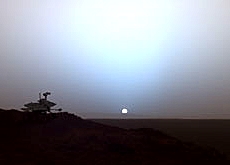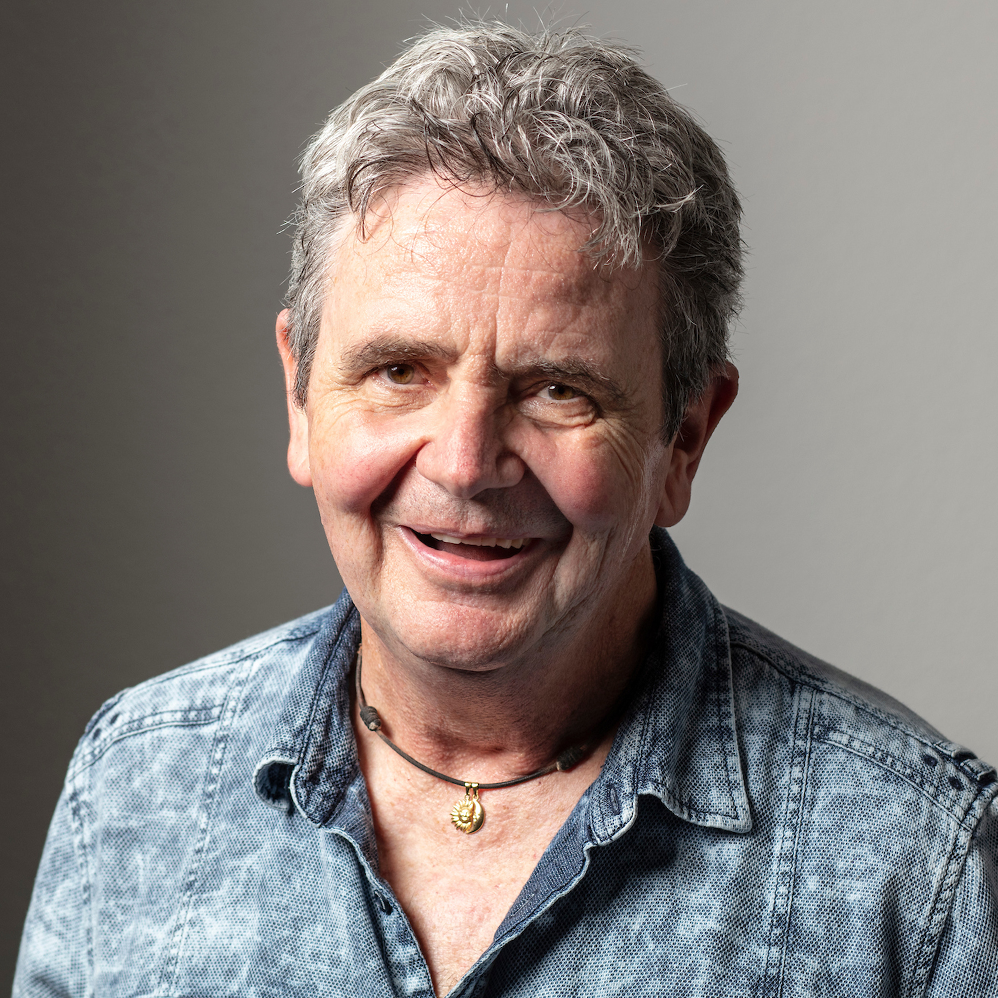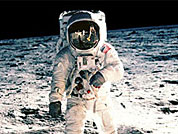Swiss technology travels to outer space

Switzerland has long been an active participant in the space race, producing watches for astronauts and capturing dust from comets.
Swiss industry and research institutes have regularly supplied parts and instruments for the spacecraft and probes that travel across the solar system.
By 1960, the Cold War between the Soviet Union and the United States had well and truly extended into space. Three years earlier, the Russians had launched the first satellite, and now the Americans had responded with the first telecommunications and weather satellites.
In a few months’ time, Yuri Gagarin was to orbit Earth, and President Kennedy would announce a moon landing by the end of the decade.
Amidst all the Cold War posturing, Switzerland convened in Geneva the first intergovernmental meetings that would lead to the creation of Europe’s own space programme, managed later by the European Space Agency (Esa).
On July 20, 1969, Switzerland landed on the Moon. American astronauts Neil Armstrong and Buzz Aldrin were wearing Swiss Omega watches when they touched down. Armstrong, the first to set foot on the surface, left his watch in the cabin to replace a broken clock, leaving it to Aldrin to take his Omega for a moonwalk.
Failure no option
It was a long journey – even before the trip to the Moon. The watches had to pass Nasa’s stringent tests, including handling vibrations generated by the Apollo rocket during takeoff, temperature differences of up to 200 degrees Celsius and even a liquid oxygen bath.
An instrument used in space has to withstand such testing, as failure is not an option, especially for unmanned vehicles.
Another Swiss product featured on spacecraft since 1974 are the payload fairings used by Esa’s Ariane launcher programme. Built by Zurich firm Contraves, the fairings play a vital role in protecting payloads and ensuring the stability of the rocket during the first few minutes of flight.
Despite competition from Boeing since 1997, Contraves remains the favoured supplier, and both the Russians and the Americans are interested in its products.
The first fairings were made of aluminium, but today composite materials two-thirds the weight are used to build them. This helps cut launch costs substantially.
Lean and mean is the criterion for space equipment. Space-X, a Neuchâtel company, managed to design three cameras weighing less than 100 grams for Esa’s last Mars mission. Unfortunately the Beagle 2 probe crashed on the red planet.
Mars motors
But even before 2003 Swiss technology had made it to Mars.
In 1997, the American Sojourner robot was powered with motors from Maxon, a company in canton Obwalden. Maxon’s equipment has since made a return trip to Mars, helping two rovers explore the planet’s surface.
Swiss know-how is also in use on missions further afield.
In 2014, Esa’s Rosetta probe should fly by the Churyumov-Gerasimenko comet. Bern University has sent along a spectrometer to analyse the comet’s tail.
Zurich’s Federal Institute of Technology took part in another ambitious mission, Nasa’s Genesis project, which collected solar wind particles. Although the probe crashed in the Utah desert upon its return from a 32-million-kilometre journey, enough samples were still available for the institute’s researchers to analyse.
Swiss technology doesn’t just get used in the darker reaches of space. More often than not, it can be found on the satellites above our heads.
Radar and optical systems are used on satellites monitoring the weather and natural disasters. And coming to a car near you soon, Europe’s Galileo GPS system will rely on Swiss made atomic clocks to ensure its accuracy.
swissinfo, Marc-André Miserez
Switzerland was one the founders of the European Space Agency, but it also collaborates with other agencies.
The Swiss space industry includes 28 research institutes and 54 companies. Apart from Contraves, these firms all have fewer than 200 employees.
They specialise mostly in ground equipment, optical apparatuses, telecommunications systems, clocks, robotic machinery, microgravity research, and weather surveillance.
Switzerland is the homeland of Claude Nicollier, astrophysicist, test pilot and astronaut. He was the first foreigner granted mission specialist status by Nasa.
He completed four missions on board the space shuttle, and spent over eight hours on spacewalks.
In 2006, Switzerland is contributing SFr140 million ($116 million) to Esa’s budget, or around 3.4 per cent.
In 2005, the Swiss space industry’s turnover was SFr170 million.

In compliance with the JTI standards
More: SWI swissinfo.ch certified by the Journalism Trust Initiative


You can find an overview of ongoing debates with our journalists here. Please join us!
If you want to start a conversation about a topic raised in this article or want to report factual errors, email us at english@swissinfo.ch.